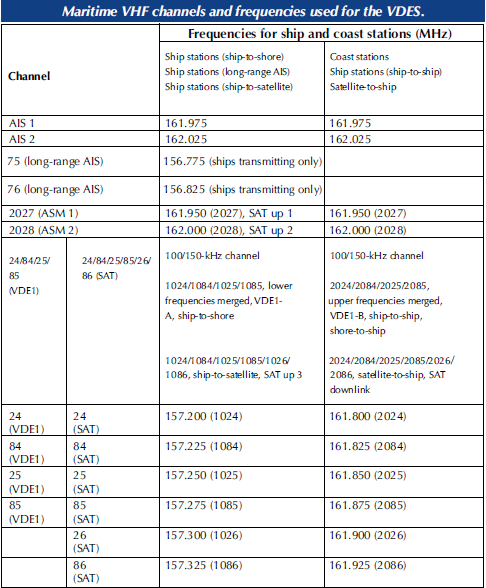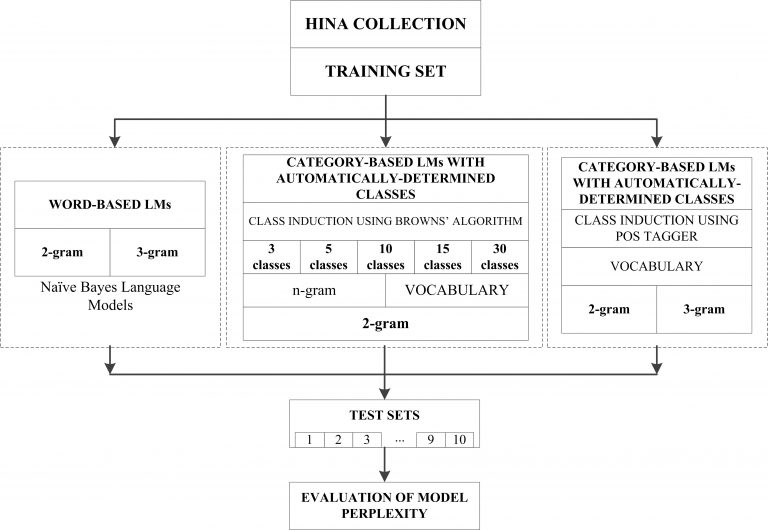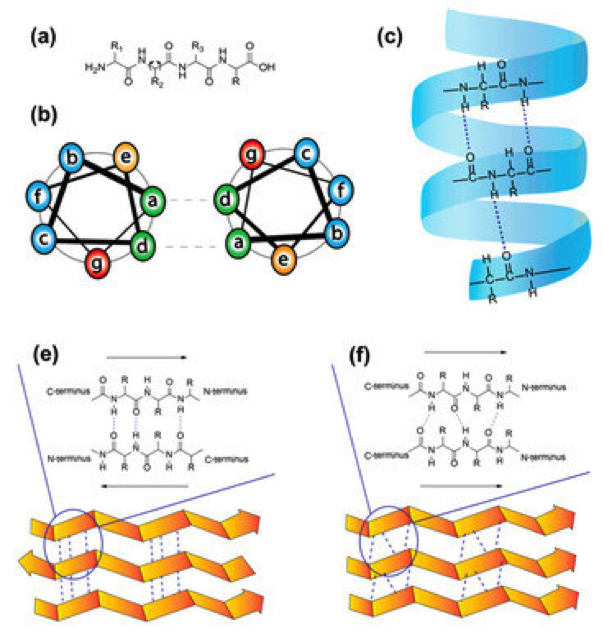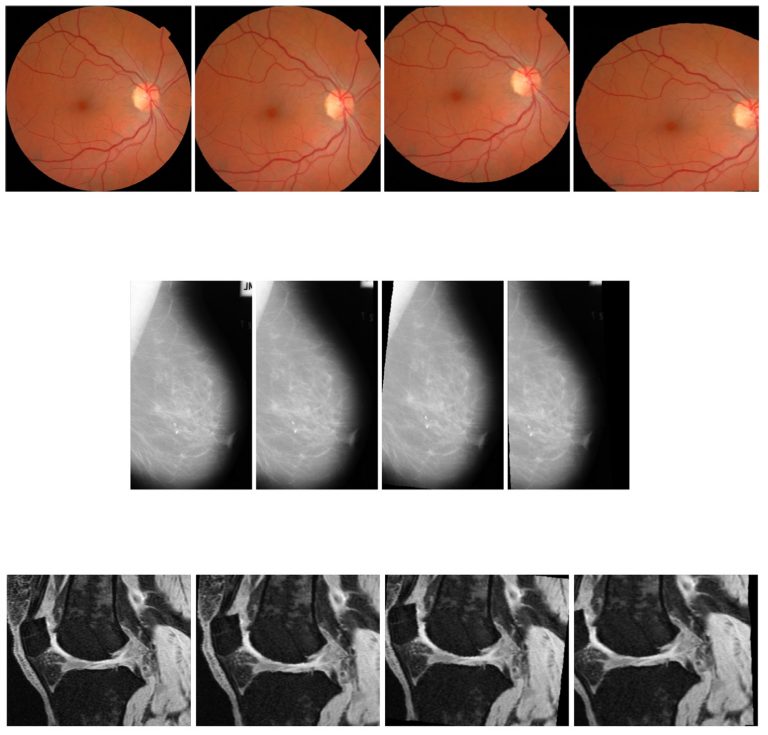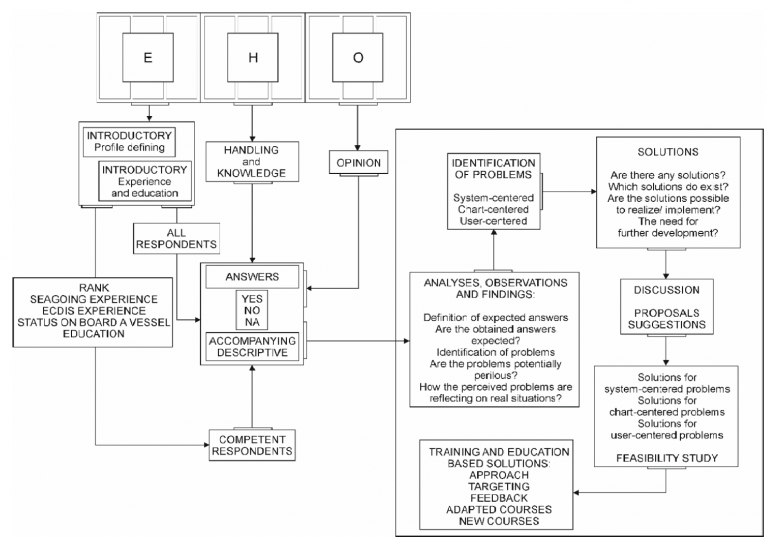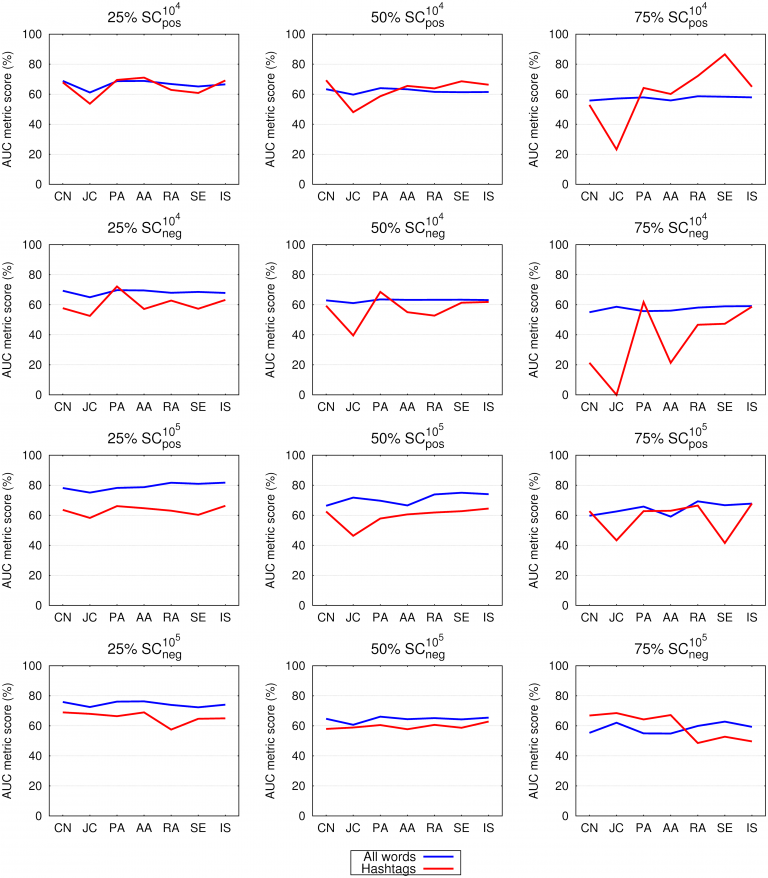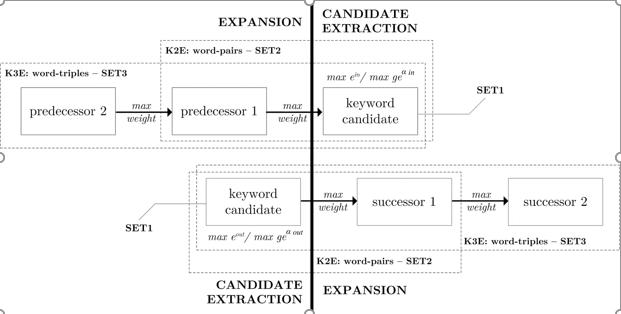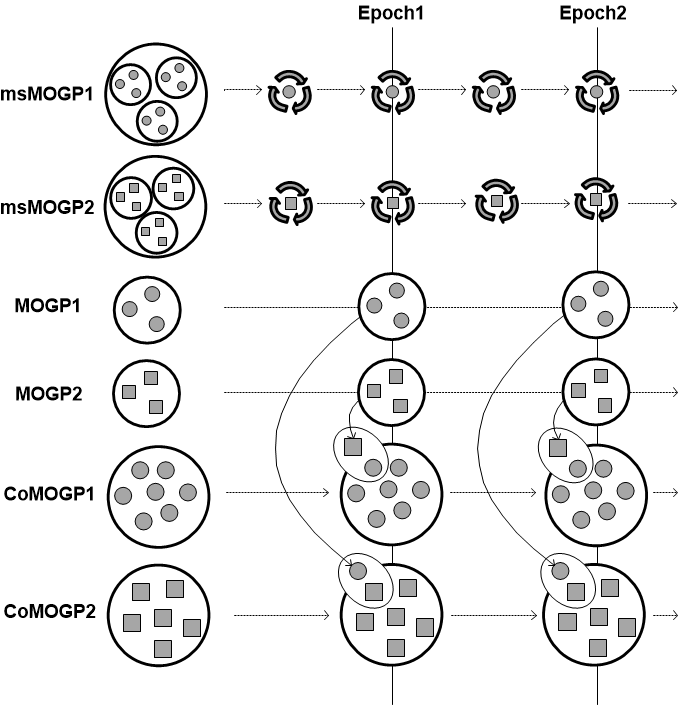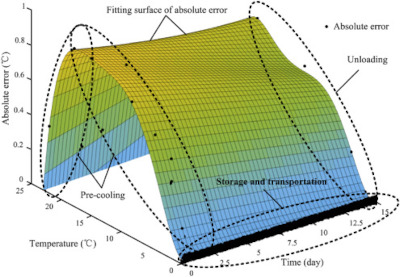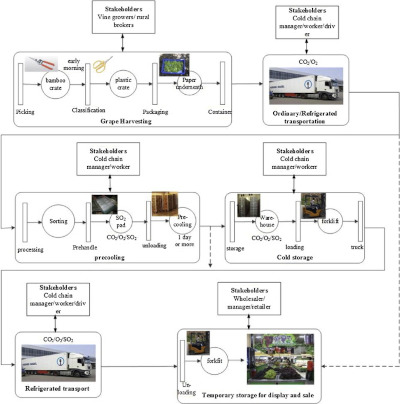The latest World Radiocommunication Conference (WRC) was held in Geneva from the 2nd to 27th November 2015. One of its results is the revision of the Radio Regulations’ Appendix 18 in order to improve the efficiency and reallocate one part of the Very High Frequency (VHF) maritime mobile spectrum for new digital technologies. This revision […]
News
Evaluation of Language Models over Croatian Newspaper Texts
Statistical language modeling involves techniques and procedures that assign probabilities to word sequences or, said in other words, estimate the regularity of the language. This paper presents basic characteristics of statistical language models, reviews their use in the large set of speech and language applications, explains their formal definition and shows different types of language […]
Cell-penetrating peptides: Design strategies beyond primary structure and amphipathicity
Efficient intracellular drug delivery and target specificity are often hampered by the presence of biological barriers. Thus, compounds that efficiently cross cell membranes are the key to improving the therapeutic value and on-target specificity of non-permeable drugs. The discovery of cell-penetrating peptides (CPPs) and the early design approaches through mimicking the natural penetration domains used […]
Mirroring Quasi-Symmetric Organ Observations for Reducing Problem Complexity
Following an obvious growth of available collections of medical images in recent years, both in number and in size, machine learning has nowadays become an important tool for solving various image-analysis-related problems, such as organ segmentation or injury/pathology detection. The potential of learning algorithms to produce models having good generalisation properties is highly dependent on […]
ECDIS EHO
The ECDIS EHO (Experience, Handling and Opinion) research represents a series of studies addressed at ECDIS (Electronic Chart Display and Information System) topics comprising knowledge-based, operational and system handling features. Main project keypoints are: Educational process improvement, Development of maritime navigational and information systems for Autonomous vessel, Concepts and capabilities of information systems in maritime […]
Link Prediction on Twitter
With over 300 million active users, Twitter is among the largest online news and social networking services in existence today. Open access to information on Twitter makes it a valuable source of data for research on social interactions, sentiment analysis, content diffusion, link prediction, and the dynamics behind human collective behaviour in general. Here we […]
Selectivity-Based Keyword Extraction Method
In this work the authors propose a novel Selectivity-Based Keyword Extraction (SBKE) method, which extracts keywords from the source text represented as a network. The node selectivity value is calculated from a weighted network as the average weight distributed on the links of a single node and is used in the procedure of keyword candidate […]
Co-evolutionary Multi-Population Genetic Programming for Classification in Software Defect Prediction: an Empirical Case Study
Evolving diverse ensembles using genetic programming has recently been proposed for classification problems with unbalanced data. Population diversity is crucial for evolving effective algorithms. Multilevel selection strategies that involve additional colonization and migration operations have shown better performance in some applications. Therefore, in this paper, we are interested in analysing the performance of evolving diverse ensembles using […]
Energy-efficient sensing method for table grapes cold chain management
Energy efficiency of the wireless sensor network (WSN) is one of the dominating issues in the non-stop table grapes cold chain monitoring. The aim of this paper is to propose an energy-efficient sensing method for the non-stop cold chain management of table grapes in order to reduce the average energy consumption of WSN devices and […]
Development and evaluation on a wireless multi-gas-sensors system for improving traceability and transparency of table grape cold chain
There is increasing requirement to improve traceability and transparency of table grapes cold chain. Key traceability indicators including temperature, humidity and gas microenvironments (e.g., CO2, O2, and SO2) based on table grape cold chain management need to be monitored and controlled. This paper presents a Wireless Multi-Gas-Sensors System (WGS2) as an effective real-time cold chain […]
